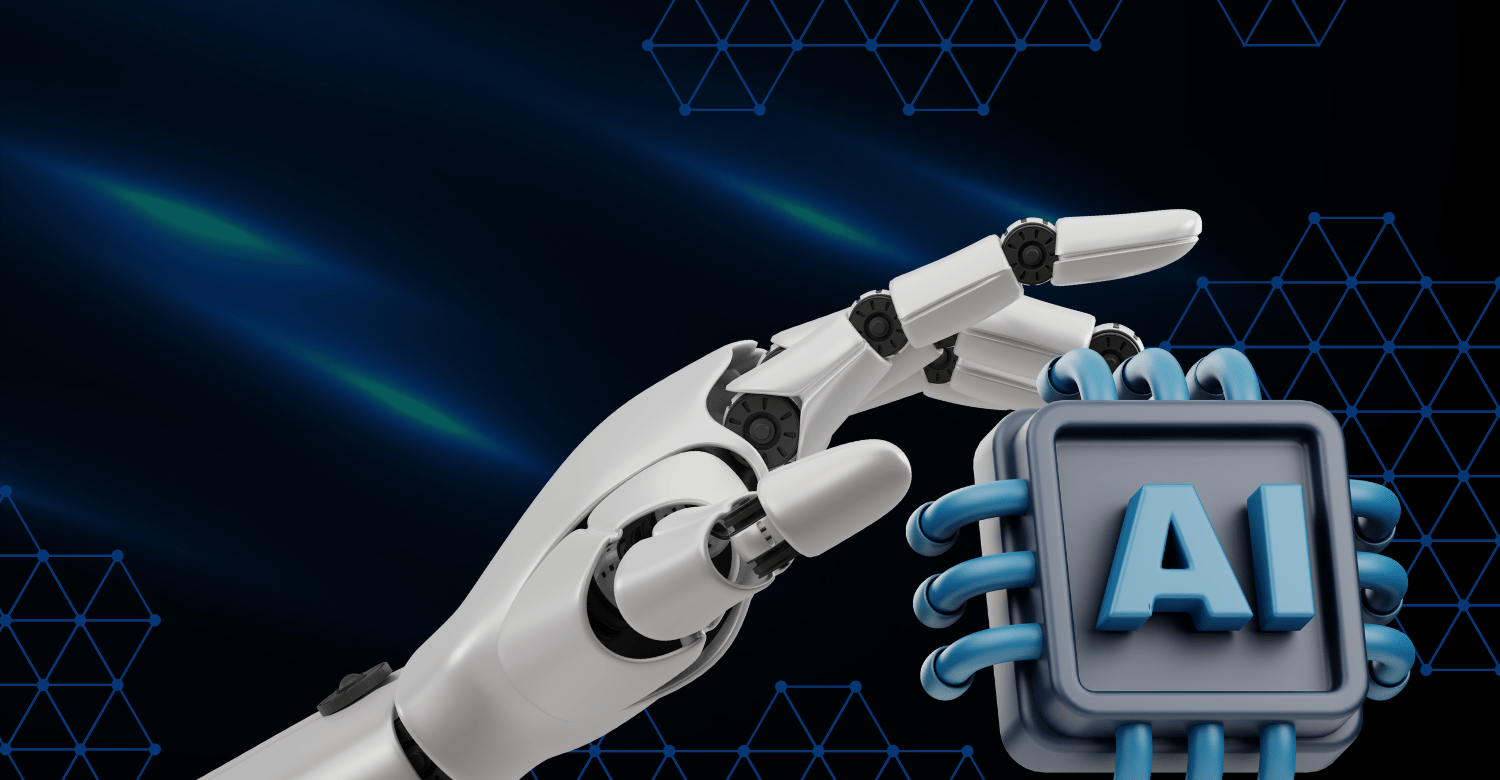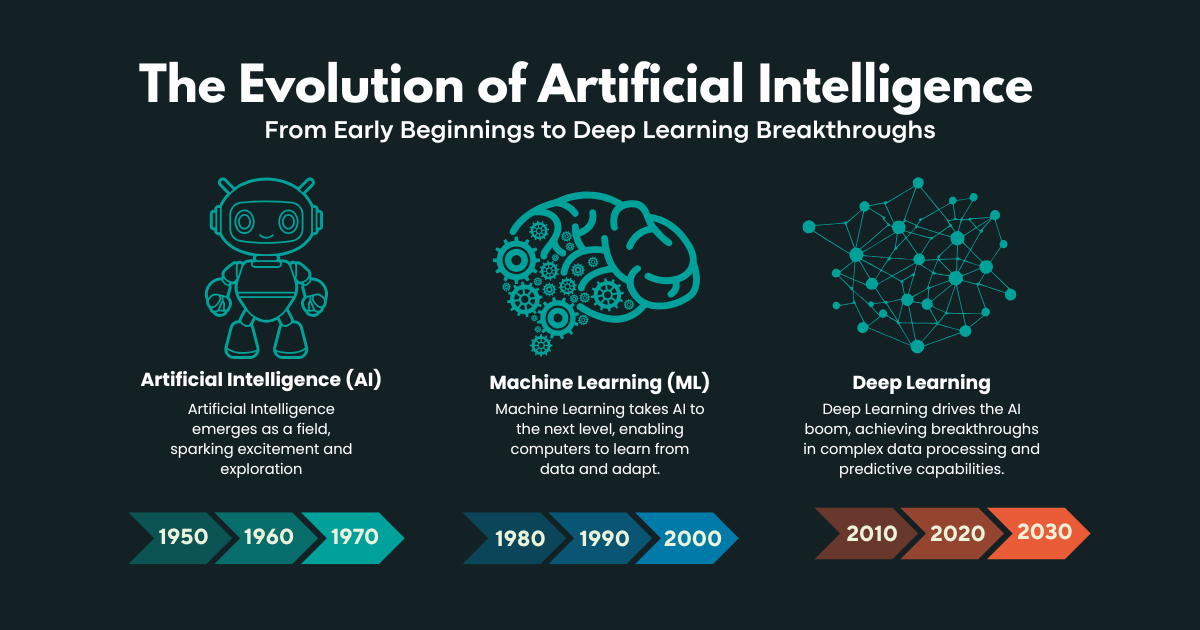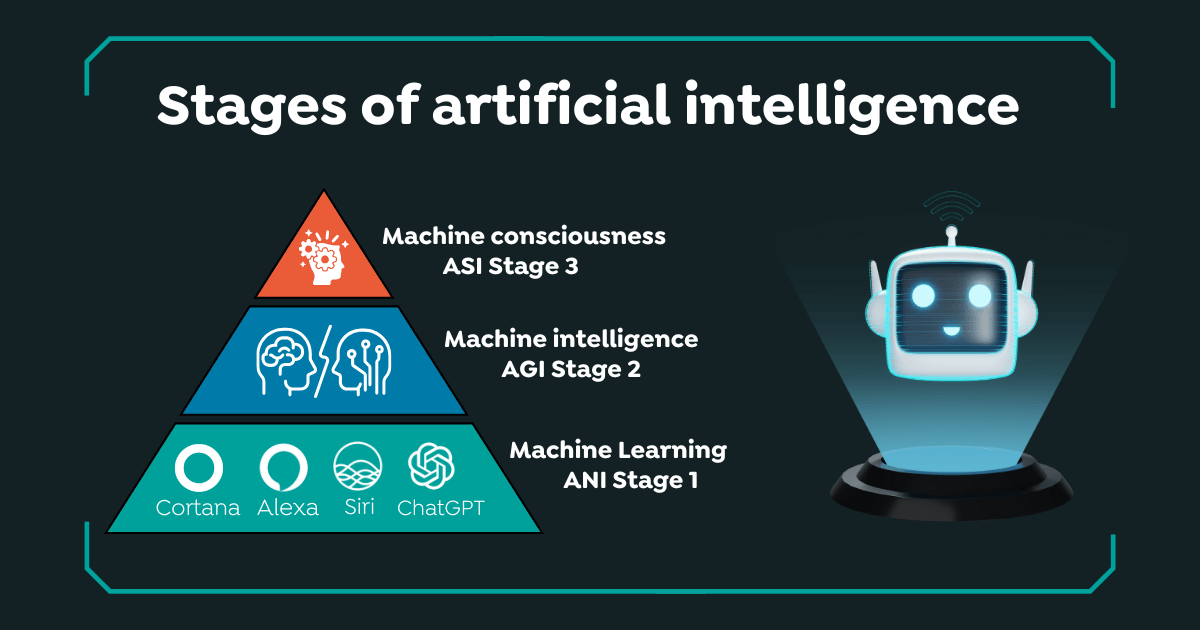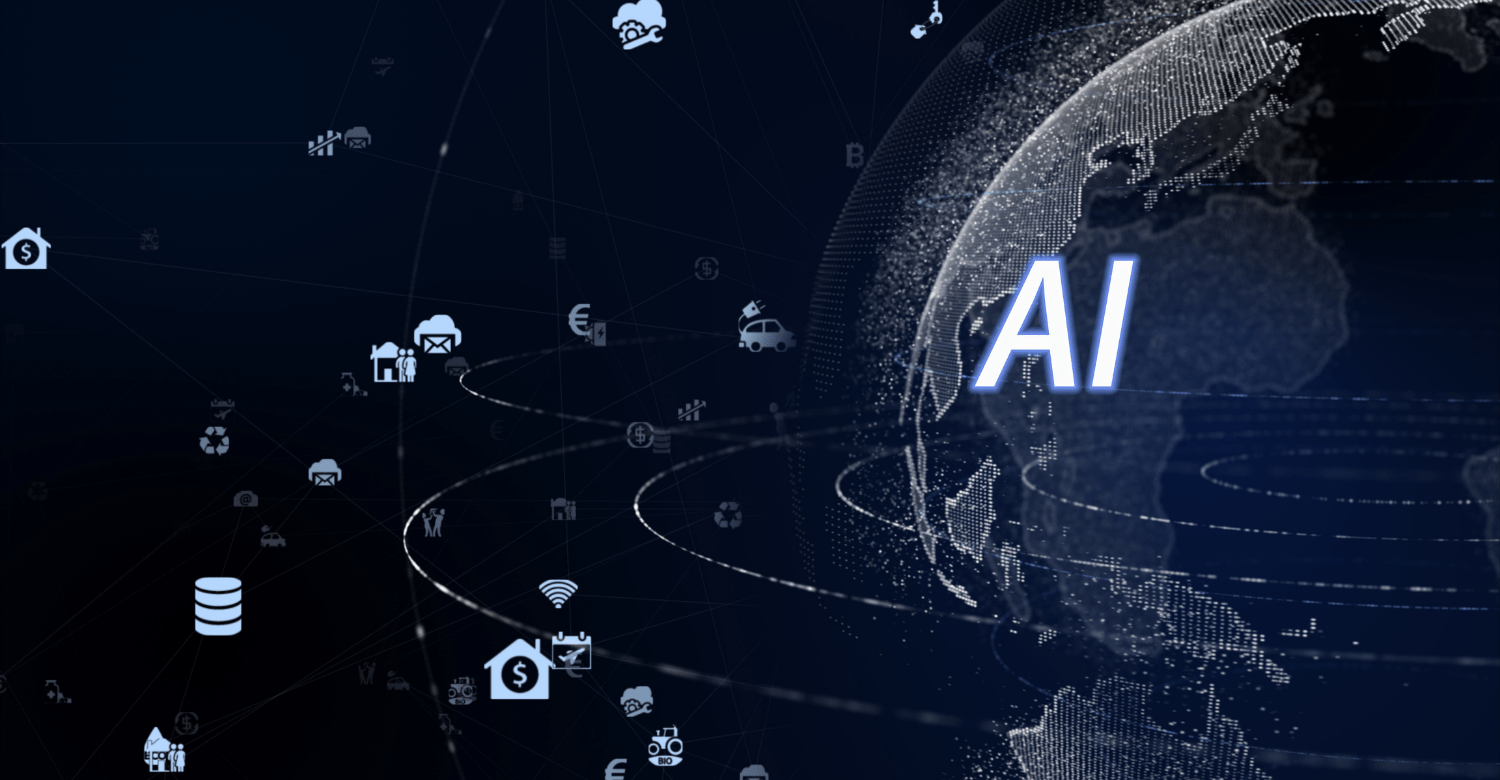What is AI? How does it work and what can it be used for?

Artificial Intelligence (AI) has moved beyond sci-fi dreams and powers many parts of our everyday lives, from virtual assistants to financial predictions. This transformation comes with both exciting possibilities and ethical questions. Let’s break down what AI truly is, how it works, and what it can achieve. By the end, you’ll gain insight into a technology shaping the present and future of countless industries.
What is AI? A simplified definition
Artificial Intelligence, or AI, is the science of making machines capable of performing tasks that typically require human intelligence. Think of it as teaching computers to mimic cognitive processes like learning, reasoning, and problem-solving. The concept of AI emerged in the 1950s, but only in recent decades has it advanced enough to permeate daily life. From social media algorithms to medical diagnostics, AI is reshaping our world.
Key components of AI: Machine learning, deep learning, and neural networks
Understanding the fundamentals of AI starts with its core components. Machine learning, deep learning, and neural networks are at the heart of AI. Let’s break these down:
Machine Learning (ML):
This is the process by which computers learn from data rather than explicit programming. Algorithms are fed data to identify patterns and improve accuracy over time. According to a study by McKinsey, ML applications could add around $3.5 trillion in business value each year.
Deep Learning:
Built on neural networks, deep learning is a more advanced form of ML that handles vast, complex datasets. The technique powers everything from image recognition to natural language processing.
Neural Networks:
These are structures inspired by the human brain, with “neurons” layered to process information, each refining the data further. A classic example is Google’s image search, which can accurately identify objects within images.
These technologies combined make AI adaptive, powerful, and highly capable of learning intricate patterns and making complex predictions.
How does AI work? The basics of AI functionality
AI systems are essentially data-driven machines that analyse patterns and make predictions or decisions based on data input. Here’s a simple breakdown of the process:
1. Data Collection:
AI requires extensive data to detect patterns. Data can come from various sources like user interactions, IoT devices, and web analytics.
2. Algorithm Processing:
Algorithms are the core instructions that help AI interpret the data. Algorithms like decision trees, regressions, and neural networks allow AI to learn from and adapt to the data.
3. Training:
During the training phase, AI learns to predict accurately by being fed new data repeatedly, refining its model over time.
For instance, companies like Amazon use AI algorithms to personalise recommendations. With billions of customer interactions and purchases daily, Amazon’s AI continually improves in predicting what customers are likely to buy next.
Types of AI: Narrow, General, and Superintelligent AI
Narrow AI:
This type, also known as Weak AI, is programmed for specific tasks, like Google’s search engine or voice assistants like Siri. Narrow AI is all around us today.
General AI:
Hypothetically, for now, General AI would possess human-level intelligence and adaptability, and it would be capable of reasoning and learning across various tasks.
Superintelligent AI:
This futuristic concept envisions AI surpassing human intelligence, raising debates about ethical control and safety.
While Narrow AI dominates our current landscape, advancements in research bring General and Superintelligent AI closer to reality. Experts, however, debate both the timeline and the implications of these advanced forms of AI.
The power of Machine Learning: How AI learns over time
Machine learning allows AI to improve its accuracy by recognising patterns and adapting through three main approaches:
1. Supervised Learning:
Here, algorithms are trained on labelled data. An example is teaching AI to differentiate between types of medical scans, such as identifying tumours. By learning from labelled examples, AI can recognise specific features.
2. Unsupervised Learning:
In this case, AI explores unlabelled data to find hidden patterns. For example, Netflix uses unsupervised learning to suggest shows based on user viewing habits, revealing insights without specific “labels.”
3. Reinforcement Learning:
Through trial and error, AI is rewarded for correct actions and penalised for incorrect ones. The penalisation happens when the AI receives negative feedback in the form of a lower score or reduced future rewards for making suboptimal decisions. For instance, in a game-based scenario, a wrong move might result in an immediate penalty or weaken its position for subsequent moves. These penalties guide the AI to adjust its strategies and avoid similar mistakes in the future. Google DeepMind’s AlphaGo, which defeated human champions in the game Go, is a famous example of reinforcement learning. AlphaGo received positive rewards for actions leading to victory, while moves that weakened its position or decreased its likelihood of winning were penalised. This systematic feedback loop enabled it to refine its gameplay and achieve superhuman performance.
These types of learning enable AI to continually refine itself, expanding its applications across industries.
Deep Learning and Neural Networks: AI’s ‘Brain’
If machine learning is the engine of AI, deep learning and neural networks are its “brain.” Neural networks consist of layered artificial “neurons,” with each layer refining the previous one’s results. This design allows AI to process intricate information, making it capable of handling complex tasks such as:
Medical Imaging:
Deep learning helps AI systems detect early signs of disease with remarkable accuracy. For instance, a study found that Google’s AI model could diagnose diabetic retinopathy with over 90% accuracy. Deep learning enables AI to process data similarly to how a human brain might, bringing unprecedented precision to various tasks.
Voice and Language Recognition:
Neural networks power AI in recognising and processing human speech, crucial for virtual assistants and real-time language translation.
Everyday AI applications
AI is embedded in nearly every aspect of our lives, often invisibly. Let’s look at some examples:
- Healthcare: AI assists doctors by analysing scans, predicting patient risks, and personalising treatments. For example, IBM Watson for Oncology is used globally to recommend treatment plans.
- Finance: AI detects fraud in real-time and manages investments. JP Morgan Chase’s COiN platform, for example, reviews legal documents in seconds, saving an estimated 360,000 hours of work.
- Education: AI-powered platforms provide personalised learning experiences. Squirrel AI, a Chinese ed-tech company, uses AI to deliver adaptive learning, catering to each student’s unique needs.
AI touches many parts of our routines—from Netflix recommendations to fitness trackers—without us even realising it.
AI’s role in business and industry
AI’s influence extends across various industries, optimising efficiency and boosting productivity across most, if not all, industries including:
- Manufacturing: AI monitors production quality, reducing waste and improving productivity. Companies like Siemens use AI for predictive maintenance, preventing costly equipment failures.
- Retail: AI personalizes shopping, with Amazon’s recommendations driving 35% of its sales. Discover how AI is transforming e-commerce to boost engagement and sales.
- Logistics: AI helps manage inventory, forecasts demand, and streamlines supply chains. DHL’s AI-based optimisation tools reportedly improve delivery accuracy by 95%.
AI gives businesses a powerful edge by providing data-driven insights, enhancing decision-making processes, and improving customer experiences.
Ethical and social challenges of AI
As artificial intelligence continues to grow, transforming industries and reshaping the way we live and work, it also raises pressing ethical and social concerns. While AI offers immense potential to enhance efficiency and innovation, its unchecked development can inadvertently perpetuate harm or exacerbate existing inequalities. These challenges centre on how AI systems are trained, the data they use, and the societal impacts they create. As AI becomes more ingrained in critical sectors such as healthcare, education, and criminal justice, the importance of addressing these issues grows exponentially. Ensuring ethical design and deployment is not just a technical challenge but a societal imperative that will determine the future trust and sustainability of AI technologies.
- Bias: AI can unintentionally adopt biases present in training data, leading to unfair outcomes. A recent example involved facial recognition software, which showed bias against people of colour, sparking significant backlash.
- Privacy:Since AI relies on large datasets, privacy concerns arise about how this data is used and stored.
- Transparency:AI models often function as “black boxes,” where it’s unclear how they arrive at certain decisions, creating challenges in accountability.
Addressing these issues is essential to building trust as AI becomes increasingly embedded in society.
The future of employment and AI
One pressing question is whether AI will replace human jobs. According to a recent report by PwC, AI could impact up to 30% of UK jobs by the early 2030s, particularly in sectors like retail and transportation. However, AI can also complement human roles—supporting doctors in diagnostics, for example, or automating repetitive tasks to allow employees to focus on creative and strategic work.
Balancing automation with human skills will be crucial as industries adjust to AI’s expanding role.
Security and environmental concerns of AI
As artificial intelligence continues to evolve, it not only unlocks opportunities for innovation but also introduces pressing challenges that society must address. Alongside its ability to revolutionise industries and streamline processes, AI poses serious risks in terms of security and environmental impact. From the misuse of AI for malicious purposes to its significant energy demands, these concerns highlight the need for careful regulation and responsible deployment. The rapid pace of AI development underscores the urgency of addressing these challenges to ensure that its growth is both safe and sustainable.
- Security Risks: AI can be used for malicious purposes, like deepfakes or cyberattacks. The UK government recently highlighted the risk of hackers misusing AI in a report.
- Environmental Costs: Training AI requires substantial energy. According to MIT, training a single AI model can emit as much carbon as five cars in their lifetime. By 2027, AI systems could consume energy equivalent to a small country.
AI’s benefits must be balanced with its environmental impact to ensure sustainable development.
Global regulatory efforts for safe AI
Countries worldwide are implementing frameworks to keep AI safe and fair:
- UK’s AI Safety Summit: Recently, 28 nations gathered to discuss AI’s future, signing a commitment to making AI trustworthy.
- EU’s AI Act: Set to regulate high-risk AI systems, ensuring their ethical use.
- US Initiatives:The FDA in the U.S. has issued a framework for regulating AI in medical devices, focusing on ensuring their safety and effectiveness while addressing transparency and accountability concerns.
These steps highlight the global drive to harness AI’s benefits while addressing its risks.
The future of AI: Opportunities and challenges ahead
AI holds vast promise across many fields, from personalised medicine to climate change solutions. However, this transformative technology comes with crucial questions around ethics, transparency, and environmental impact. With careful stewardship, AI could become one of the most impactful innovations of our time, offering benefits across every aspect of society.
By understanding AI’s potential and challenges, we can shape a future in which this powerful tool is used responsibly and equitably.
What our clients say














